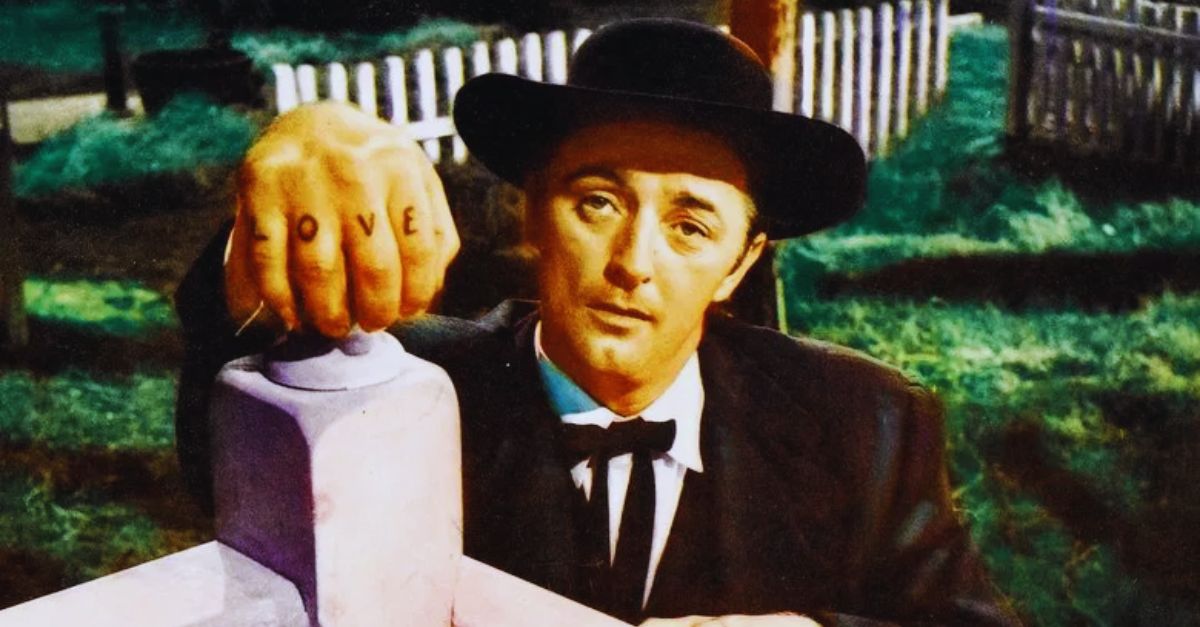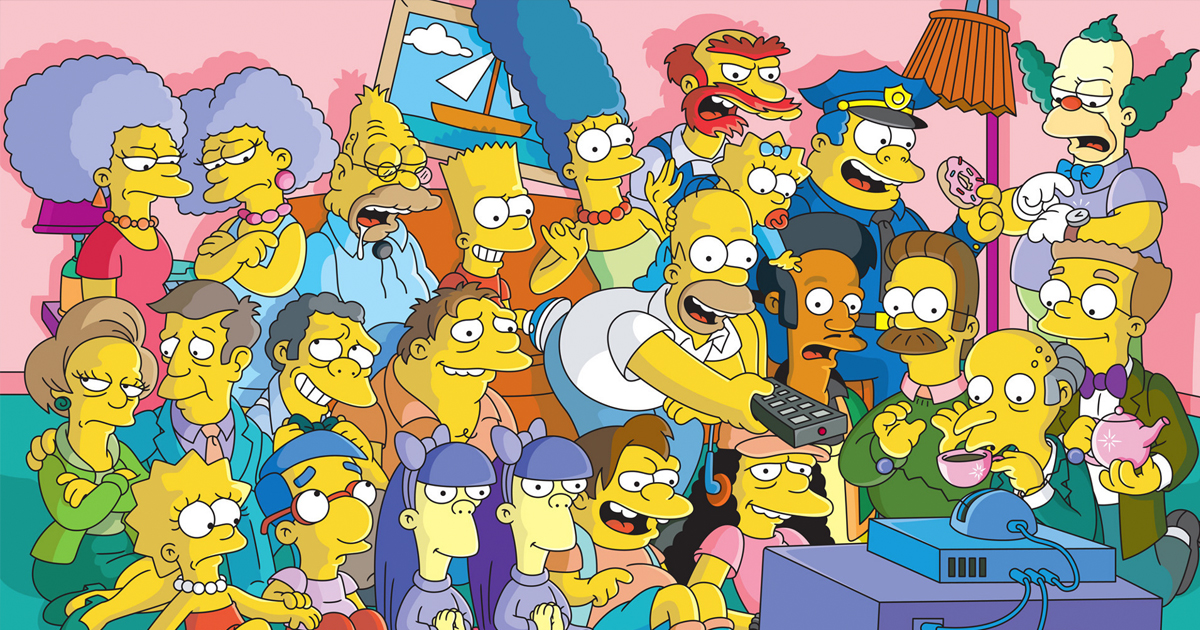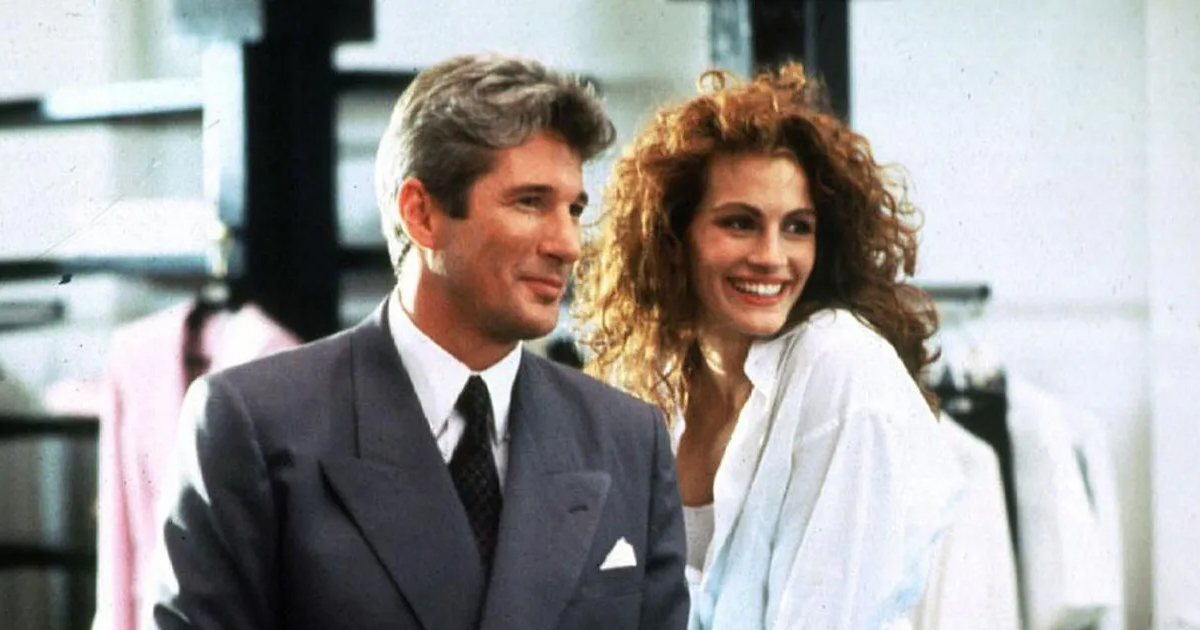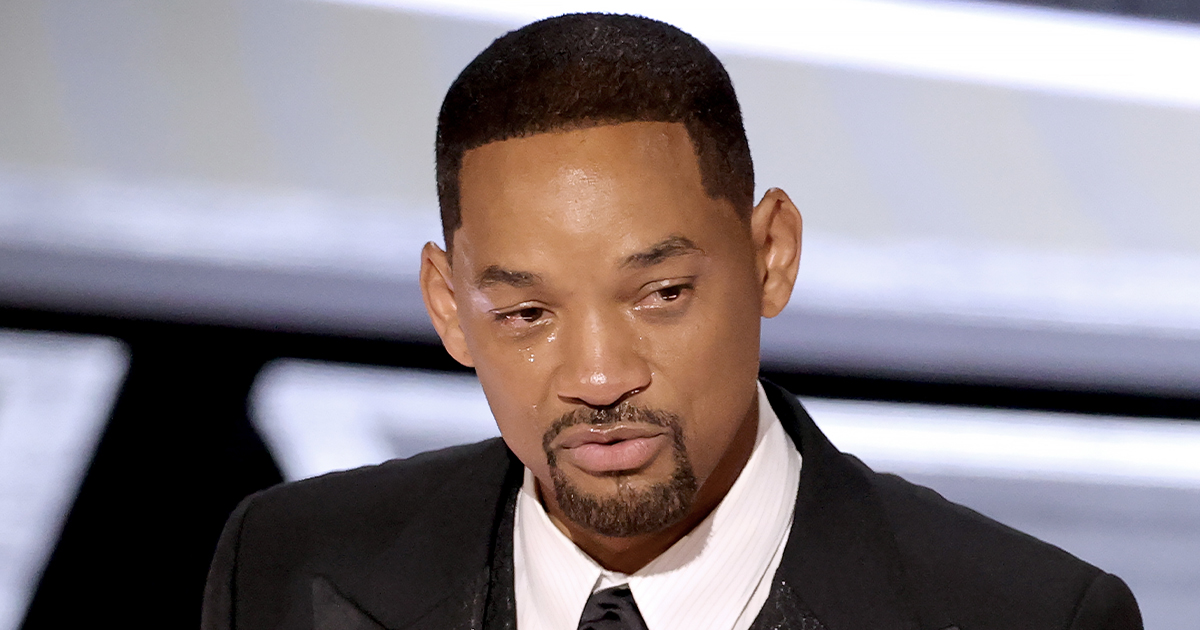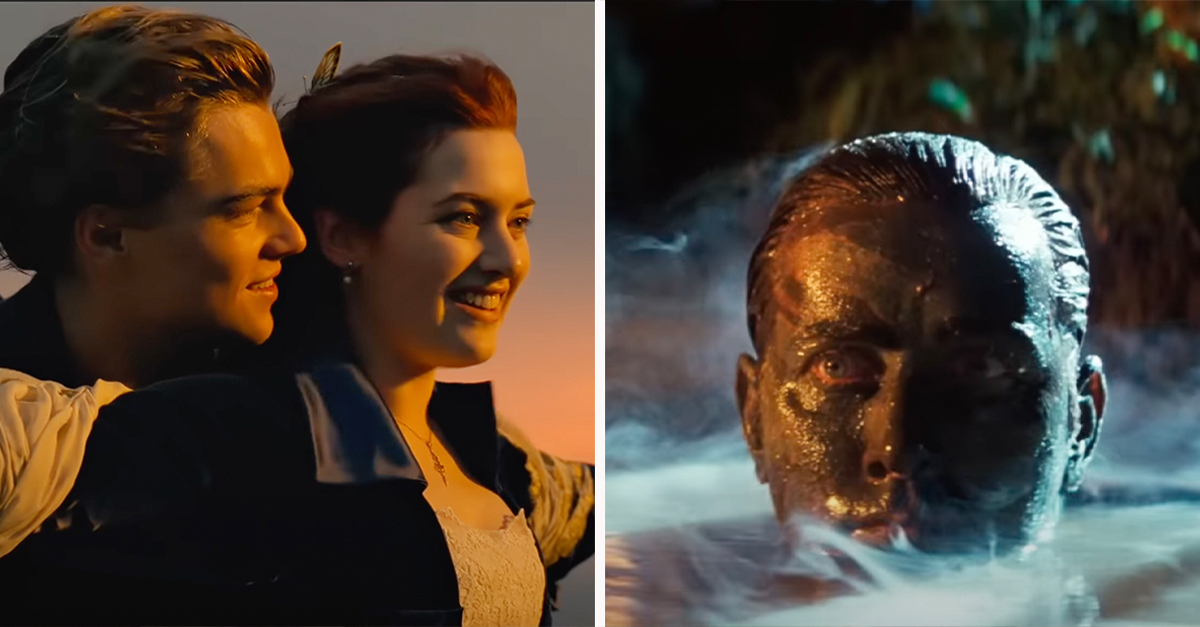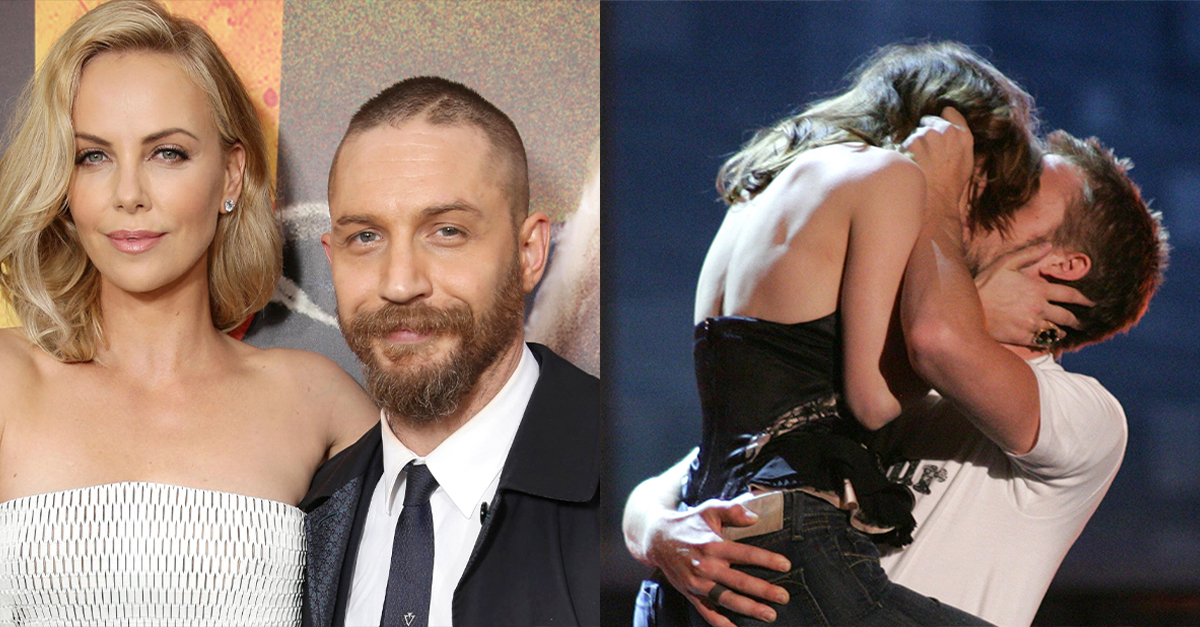Timeless Films From The 1950s
In a world rebuilding from war, filmmakers found bold new voices and techniques that would redefine storytelling itself. The 1950s reinvented the art form, as directors pushed visual boundaries, actors explored untamed emotions, and stories broke free from convention.

12 Angry Men
When 12 Angry Men was added to the National Film Registry in 2007, it confirmed what critics had long believed: Sidney Lumet’s 1957 debut was a triumph of intellect and intensity. Adapted from Reginald Rose’s teleplay, the film placed twelve jurors in a single room to debate a murder verdict.
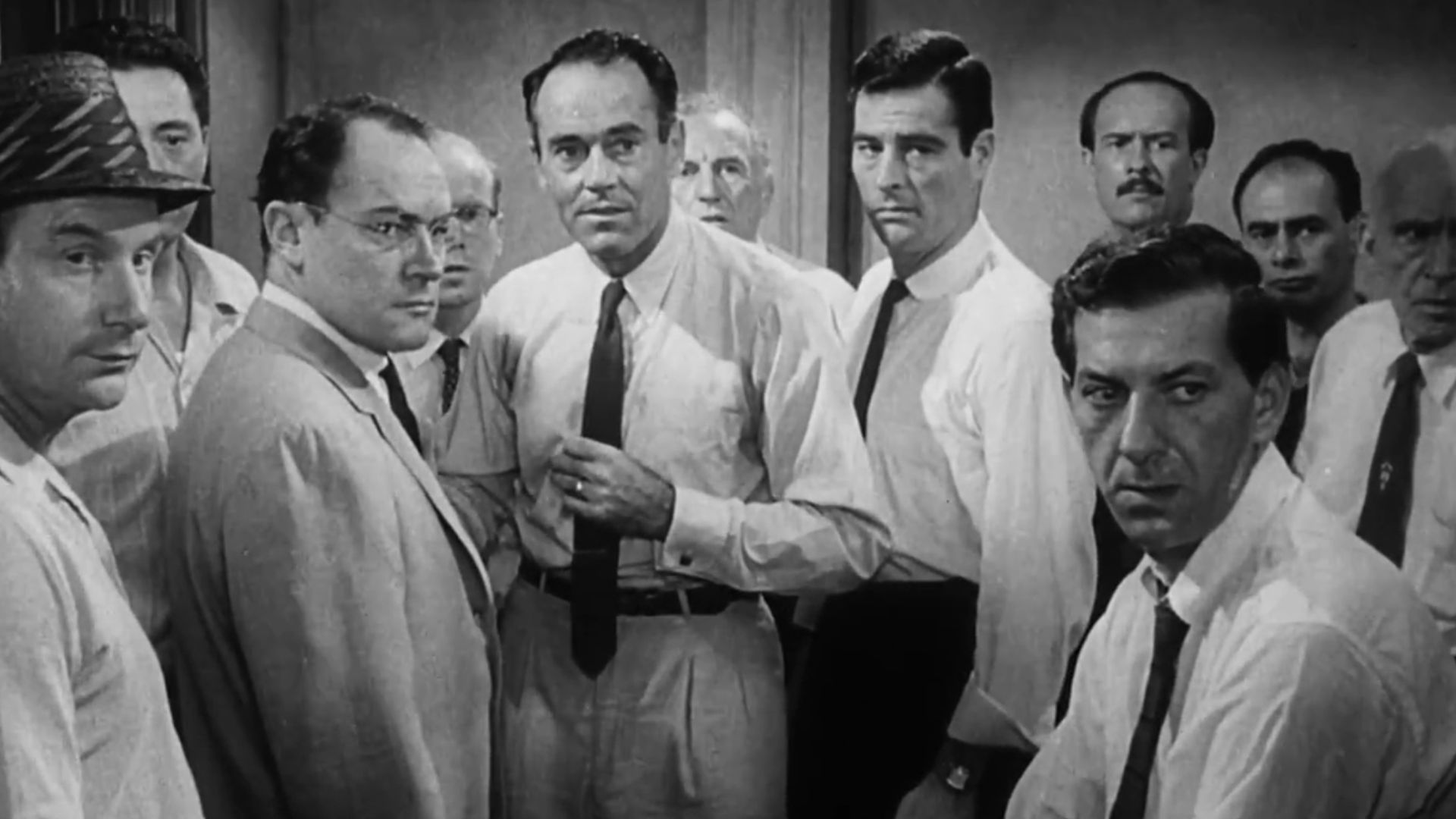 United Artists, Wikimedia Commons
United Artists, Wikimedia Commons
12 Angry Men (Cont.)
This movie turned moral conflict into cinematic art. Henry Fonda’s rare producing effort and restrained performance gave the film its moral backbone. With Oscar nominations for Best Director, Screenplay, and Picture, it became a defining work in American cinema.
 Los Angeles Times, Wikimedia Commons
Los Angeles Times, Wikimedia Commons
Singin’ In The Rain
Few moments in film history radiate joy like Gene Kelly dancing through the downpour in Singin’ in the Rain. Astonishingly, this famous scene was filmed while he battled a fever. Released in 1952 and co-directed by Kelly and Stanley Donen, this musical turned chaos into perfection.
 Metro-Goldwyn-Mayer, Wikimedia Commons
Metro-Goldwyn-Mayer, Wikimedia Commons
Singin’ In The Rain (Cont.)
Behind its playful humor lies a clever satire on Hollywood’s transition from silent films to sound. The movie blended wit, choreography, and vibrant color into one seamless experience. Often hailed as the greatest movie musical ever made, it earned its National Film Registry recognition in 1989.
 Metro Goldwyn Mayer, Wikimedia Commons
Metro Goldwyn Mayer, Wikimedia Commons
Sunset Boulevard
Tearing away Hollywood’s glamorous facade, Sunset Boulevard managed to expose its haunting underbelly. Billy Wilder’s 1950 masterpiece fused the intrigue of noir with a chilling self-examination of the movie industry itself, told through the eerie voice of a dead screenwriter reflecting on his own ruin.
 Studio publicity still, Wikimedia Commons
Studio publicity still, Wikimedia Commons
Sunset Boulevard (Cont.)
Gloria Swanson’s unforgettable turn as Norma Desmond—a once-revered silent film star unable to accept her fading relevance—represented the destructive charm of fame with devastating precision. The film’s unconventional narration and unflinching critique of celebrity obsession shattered Hollywood taboos.
 Paramount Studios, Wikimedia Commons
Paramount Studios, Wikimedia Commons
Sunset Boulevard (Cont.)
Sunset Boulevard earned eleven Academy Award nominations and three wins. Decades later, its inclusion in the National Film Registry confirms its status as one of cinema’s most incisive reflections on illusion and the fragile pursuit of immortality through art.
 Paramount Pictures press photo, Wikimedia Commons
Paramount Pictures press photo, Wikimedia Commons
Rififi
When blacklisted American director Jules Dassin made Rififi in 1955, exile turned into inspiration. Filmed in Paris, his meticulously crafted crime thriller broke new ground for realism and suspense. Its now-legendary 30-minute heist sequence, executed entirely without dialogue, demonstrated filmmaking precision few have matched since.
 Agenzia Pitre, published in Bolero Teletutto Magazine, Wikimedia Commons
Agenzia Pitre, published in Bolero Teletutto Magazine, Wikimedia Commons
Rififi (Cont.)
Dassin mixed American noir tension with French artistry to create a masterpiece that turned the crime genre into something poetic. Rififi’s cool precision and moral complexity influenced generations of filmmakers and proved that silence, when used masterfully, can speak louder than dialogue.
 Columbia Pictures, Rififi (1955)
Columbia Pictures, Rififi (1955)
A Streetcar Named Desire
A Streetcar Named Desire arrived in 1951, and it redefined what film acting could be. Marlon Brando’s explosive portrayal of Stanley Kowalski introduced method acting to mainstream audiences, reshaping performance forever.
 Carl Van Vechten, Wikimedia Commons
Carl Van Vechten, Wikimedia Commons
A Streetcar Named Desire (Cont.)
Across from him, Vivien Leigh’s fragile brilliance as Blanche DuBois earned her an Oscar and balanced Brando’s raw energy. Elia Kazan’s faithful adaptation of Tennessee Williams’ Pulitzer-winning play turned stage intimacy into cinematic power that won four Academy Awards and eventual preservation in the National Film Registry.
 Unknown authorUnknown author, Wikimedia Commons
Unknown authorUnknown author, Wikimedia Commons
Sleeping Beauty
Sleeping Beauty stands as one of Disney’s most visually ambitious achievements. Released in 1959, it merged medieval artistry with the latest animation technology. Inspired by centuries-old artwork and illuminated manuscripts, the film’s sharp angles and vivid palette brought a storybook world to life through the groundbreaking Super Technirama 70mm format.
 Walt Disney Productions, Sleeping Beauty (1959)
Walt Disney Productions, Sleeping Beauty (1959)
Sleeping Beauty (Cont.)
Though not initially celebrated as a cinematic triumph, its painstaking attention to detail and lavish design later earned admiration from animators and historians. Over the years, its timeless visual language reshaped the possibilities of animated art and established Sleeping Beauty as a lasting monument to Disney’s creative ambition.
 Walt Disney Productions, Sleeping Beauty (1959)
Walt Disney Productions, Sleeping Beauty (1959)
Some Like It Hot
Few comedies have aged as gracefully as Some Like It Hot. Billy Wilder’s 1959 screwball masterpiece turned disguise and gender roles into comedic gold. Marilyn Monroe’s luminous charm paired with the quicksilver wit of Tony Curtis and Jack Lemmon to create an irresistible trio.
 Trailer screenshot, Wikimedia Commons
Trailer screenshot, Wikimedia Commons
Some Like It Hot (Cont.)
Every line sparkled and every scene brimmed with clever tension, as its daring humor pushed boundaries Hollywood had long tiptoed around. The American Film Institute later named it the greatest American comedy ever made, and for good reason—its genius lies in balance: outrageous yet human and timeless yet alive with unpredictable brilliance.
 Ashton Productions, The Mirisch Corporation, Wikimedia Commons
Ashton Productions, The Mirisch Corporation, Wikimedia Commons
Rashomon
Few films have reshaped global cinema as profoundly as Akira Kurosawa’s Rashomon. Released in 1950, it explored truth’s fragility through conflicting eyewitness accounts of a single event. Its nonlinear narrative and innovative cinematography challenged audiences to question perception itself.
 Daiei Studios, Wikimedia Commons
Daiei Studios, Wikimedia Commons
Rashomon (Cont.)
Honored by the Golden Lion Award at the Venice Film Festival, it opened Western eyes to Japan’s extraordinary filmmaking tradition. The term “Rashomon effect” would later enter psychology and law, describing the subjectivity of memory. Through its shifting perspectives, Rashomon became a mirror that reflects how humanity bends reality to fit its own beliefs.
 Daiei Studios, Wikimedia Commons
Daiei Studios, Wikimedia Commons
Rear Window
In Rear Window, Alfred Hitchcock transformed a single Greenwich Village apartment into one of cinema’s most gripping sets. James Stewart’s confined photographer becomes both detective and voyeur with his gaze uncovering fragments of other lives—one of which might conceal a murder.
 Trailer screenshot, Wikimedia Commons
Trailer screenshot, Wikimedia Commons
Rear Window (Cont.)
Grace Kelly’s poise and energy sharpen the film’s emotional contrast, balancing danger with elegance. Hitchcock’s precision turns each window into a living stage that shows how curiosity can border on obsession. Crafted with meticulous detail and moral tension.
 Unknown author, Wikimedia Commons
Unknown author, Wikimedia Commons
Seven Samurai
Akira Kurosawa’s Seven Samurai expanded what storytelling could achieve. In 1954, audiences were treated to an epic that was more than three hours long. However, not a moment feels wasted. Its sweeping narrative follows villagers enlisting samurai to defend them from marauders.
 Toho Co., Ltd., Seven Samurai (1954)
Toho Co., Ltd., Seven Samurai (1954)
Seven Samurai (Cont.)
Complex characters and revolutionary camera techniques fused into an unforgettable saga of courage and sacrifice. The film’s influence rippled across continents, inspiring countless remakes and shaping the modern action genre. Seven Samurai proves that true heroism lies in the strength of the community.
 Eiga no Tomo, Wikimedia Commons
Eiga no Tomo, Wikimedia Commons
Vertigo
Alfred Hitchcock’s Vertigo envelops viewers in a dizzying study of desire and illusion. Its 1958 release premiered the now-famous “dolly zoom,” a visual technique that made audiences physically feel James Stewart’s obsession. Through Kim Novak’s enigmatic performance and Bernard Herrmann’s haunting score, the film blurs fantasy and reality until they are indistinguishable.
 Alfred Hitchcock, Wikimedia Commons
Alfred Hitchcock, Wikimedia Commons
Vertigo (Cont.)
Initially misunderstood, Vertigo slowly ascended to cinematic immortality, ultimately crowned by critics as one of the greatest films ever made. Each frame swirls with emotional disorientation, turning psychological tension into art. Few films capture longing and loss with such hypnotic beauty or such devastating precision.
 Alfred Hitchcock, Wikimedia Commons
Alfred Hitchcock, Wikimedia Commons
On The Waterfront
Elia Kazan’s On the Waterfront remains a towering example of American realism and moral reckoning. Set against the gritty backdrop of New Jersey’s docks, it tells the story of a man torn between silence and conscience. Marlon Brando’s portrayal of the haunted Terry Malloy redefined screen acting forever.
 Trailer screenshottrailer at IMDB, Wikimedia Commons
Trailer screenshottrailer at IMDB, Wikimedia Commons
On The Waterfront (Cont.)
His iconic line, “I coulda been a contender,” distilled the pain of missed opportunity into cinematic poetry. The film swept eight Academy Awards, including Best Picture. On the Waterfront still resonates as a courageous portrayal of integrity in the face of corruption.
 Elia Kazan Productions-Columbia Pictures, Wikimedia Commons
Elia Kazan Productions-Columbia Pictures, Wikimedia Commons
The Bridge On The River Kwai
The Bridge on the River Kwai transformed the war epic into an exploration of pride and madness. David Lean’s 1957 triumph follows British prisoners forced to construct a bridge for their captors, with their moral compass tested by obsession and discipline.
 Columbia Pictures, The Bridge on the River Kwai (1957)
Columbia Pictures, The Bridge on the River Kwai (1957)
The Bridge On The River Kwai (Cont.)
Alec Guinness delivers a career-defining performance as Colonel Nicholson, whose sense of duty leads him into moral peril. The film’s haunting whistle of the Colonel Bogey March became a cultural phenomenon, echoing long after theaters emptied. Winner of seven Oscars, including Best Picture, this monumental achievement continues to define the genre with its grandeur and introspection.
 Columbia Pictures, The Bridge on the River Kwai (1957)
Columbia Pictures, The Bridge on the River Kwai (1957)
Ben-Hur
Few spectacles have matched the thunderous scale of Ben-Hur. William Wyler’s 1959 epic combined historical drama, breathtaking set design, and groundbreaking widescreen cinematography into an experience unlike any before.
 Unknown authorUnknown author, Wikimedia Commons
Unknown authorUnknown author, Wikimedia Commons
Ben-Hur (Cont.)
Charlton Heston’s unforgettable performance anchored the story’s emotional weight. Moreover, the legendary chariot race sequence redefined cinematic intensity. Costing more than any previous film, Ben-Hur became a monumental risk that paid off with eleven Academy Awards, including Best Picture.
 Trailer screenshot, Wikimedia Commons
Trailer screenshot, Wikimedia Commons
Ben-Hur (Cont.)
Beyond its technical mastery, Ben-Hur offered a grand meditation on faith and redemption. Its sweeping vision continues to influence filmmakers striving to match its sheer scope and artistry. The film’s monumental success also proved that audiences could still be moved by timeless themes told on a colossal scale.
 Metro-Goldwyn-Mayer, Wikimedia Commons
Metro-Goldwyn-Mayer, Wikimedia Commons
Paths Of Glory
Released in 1957, Stanley Kubrick’s Paths of Glory stands as one of cinema’s most searing indictments of military conflict and authority. The film follows Colonel Dax, played with moral conviction by Kirk Douglas, as he defends soldiers wrongfully accused of cowardice.
 trailer screenshot (United Artists), Wikimedia Commons
trailer screenshot (United Artists), Wikimedia Commons
Paths Of Glory (Cont.)
Kubrick’s unflinching direction exposes the hypocrisy and cruelty embedded in military hierarchies. The film’s moral clarity and stark realism were so unsettling that France banned it for years. Beyond controversy, Paths of Glory survives as a timeless plea for justice and humanity amid conflict.
 United Artists Corporation, Wikimedia Commons
United Artists Corporation, Wikimedia Commons
Roman Holiday
Roman Holiday changed how romantic comedies looked and felt. Filmed entirely on location in Rome in 1953, director William Wyler’s bold departure from Hollywood sets gave audiences an intoxicating taste of authenticity. The film paired Gregory Peck’s understated charm with Audrey Hepburn’s sparkling debut, a performance that earned her an Academy Award for Best Actress.
 Trailer screenshot, Wikimedia Commons
Trailer screenshot, Wikimedia Commons
Roman Holiday (Cont.)
Its story of fleeting love and freedom resonated deeply with postwar audiences and made the film both a box-office success and a timeless favorite. Preserved in the National Film Registry since 1999, Roman Holiday is a delightful example of elegance and cinematic innovation.
 Trailer screenshot, Wikimedia Commons
Trailer screenshot, Wikimedia Commons
The Night Of The Hunter
The Night of the Hunter defies easy classification—a haunting blend of fairy tale, horror, and Southern gothic. Released in 1955, it follows Robert Mitchum’s terrifying turn as Harry Powell, a self-proclaimed preacher who hides malice beneath his pious charm.
 United Artists, Wikimedia Commons
United Artists, Wikimedia Commons
The Night Of The Hunter (Cont.)
Director Charles Laughton, in his sole filmmaking effort, drew from German Expressionism to create dreamlike, shadow-drenched imagery that lingers long after the credits fade. The film’s striking visuals and moral fable about innocence pursued by evil made it far ahead of its time.
The Ten Commandments
Cecil B DeMille’s The Ten Commandments redefined the Hollywood epic through sheer scale and ambition. Produced in 1956, the film combined dazzling spectacle with spiritual resonance, led by Charlton Heston’s fascinating portrayal of Moses.
 trailer screenshot (Paramount Pictures), Wikimedia Commons
trailer screenshot (Paramount Pictures), Wikimedia Commons
The Ten Commandments (Cont.)
The director spared no expense, investing a record-breaking $13 million to create towering sets and elaborate costumes. The breathtaking parting of the Red Sea is considered one of cinema’s most iconic moments. Through its visual majesty, The Ten Commandments became both a box-office triumph and a symbol of Hollywood’s boundless appetite for awe.
Wild Strawberries
Wild Strawberries invites viewers on a quiet yet deeply emotional journey of memory and regret. The 1957 Swedish classic follows an aging professor, portrayed by Victor Sjostrom, as he confronts his past during a reflective road trip. Beneath its simple premise lies a profoundly human exploration of mortality and self-understanding.
 Svensk Filmindustri, Wild Strawberries (1957)
Svensk Filmindustri, Wild Strawberries (1957)
Wild Strawberries (Cont.)
Ingmar Bergman’s lyrical storytelling and dreamlike imagery earned the film the Golden Bear at the 1958 Berlin International Film Festival and established it as a cornerstone of European art cinema. Decades later, viewers appreciate Wild Strawberries for its delicate balance of melancholy and timeless introspection.
 Louis Huch (1896–1961), at SF 1930–60, Wikimedia Commons
Louis Huch (1896–1961), at SF 1930–60, Wikimedia Commons
Touch Of Evil
Only a few films open with the technical audacity of Touch of Evil. Orson Welles crafted a now-legendary tracking shot that immediately immersed audiences in shadow and suspense. Released in 1958, the noir classic stars Welles himself alongside Charlton Heston and Janet Leigh in a gripping tale of corruption along the US-Mexico border.
 Universal Pictures, Wikimedia Commons
Universal Pictures, Wikimedia Commons
Touch Of Evil (Cont.)
The movie’s chiaroscuro lighting and distorted camera angles pushed the boundaries of the genre. Decades later, its 1998 restoration revealed Welles’s complete vision by highlighting lost brilliance to his dark, intoxicating masterpiece. Touch of Evil is a benchmark of cinematic technicalities and atmospheric storytelling.
 Universal Pictures, Wikimedia Commons
Universal Pictures, Wikimedia Commons
High Noon
High Noon broke Western conventions with real-time tension and moral urgency. Directed by Fred Zinnemann in 1952, the film unfolds minute by minute as a lone marshal faces a returning outlaw while the townspeople abandon him. Gary Cooper’s understated yet powerful performance earned him an Academy Award, as he represented the quiet courage of conviction.
 United Artists, Wikimedia Commons
United Artists, Wikimedia Commons
High Noon (Cont.)
Its minimalist pacing and ticking-clock structure set new standards for cinematic suspense. Beyond its gripping story, High Noon served as a bold allegory about standing firm amid fear and conformity. Many critics consider it one of the most revered and imitated Westerns ever made.
 Trailer screenshot, Wikimedia Commons
Trailer screenshot, Wikimedia Commons

